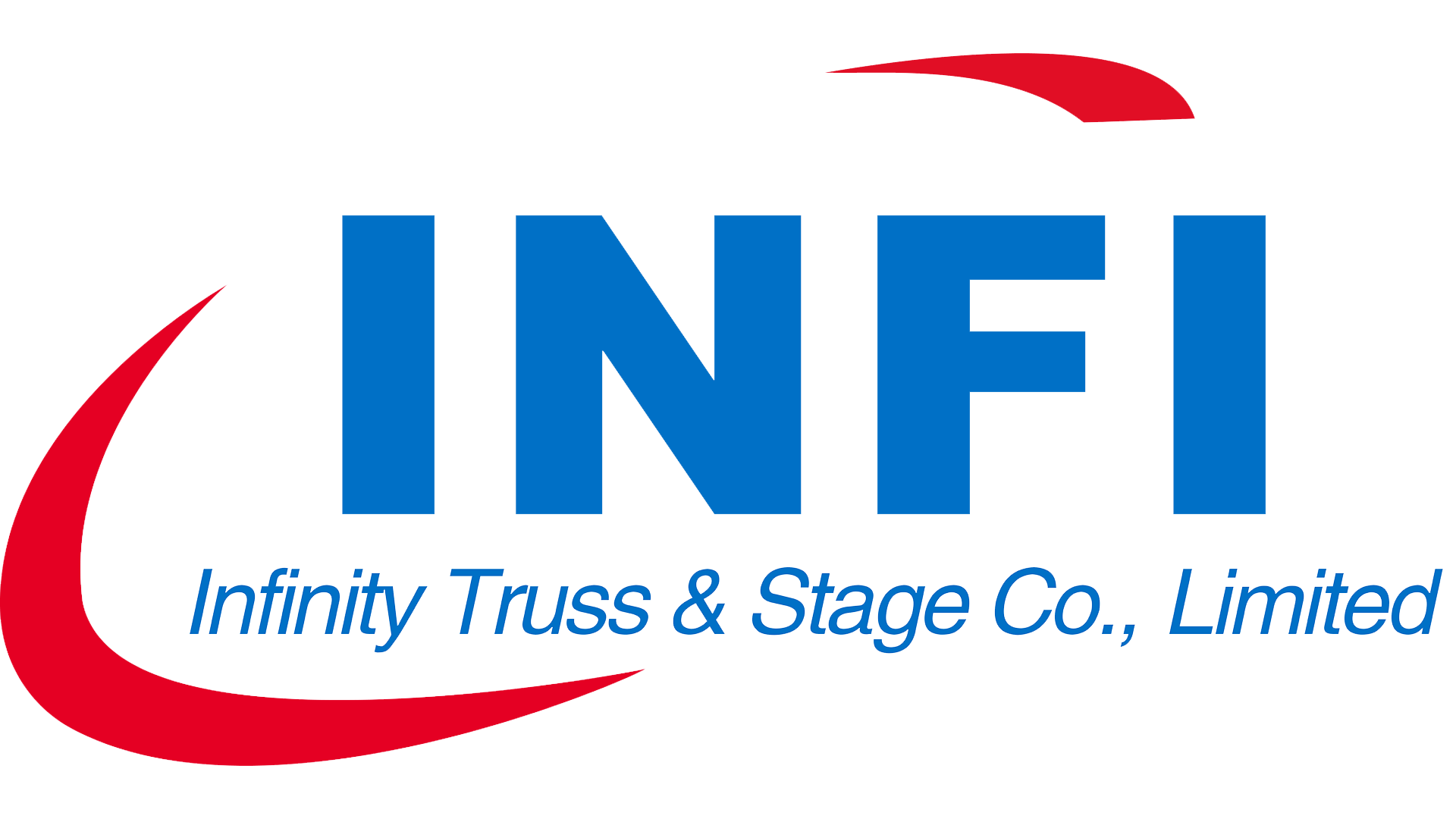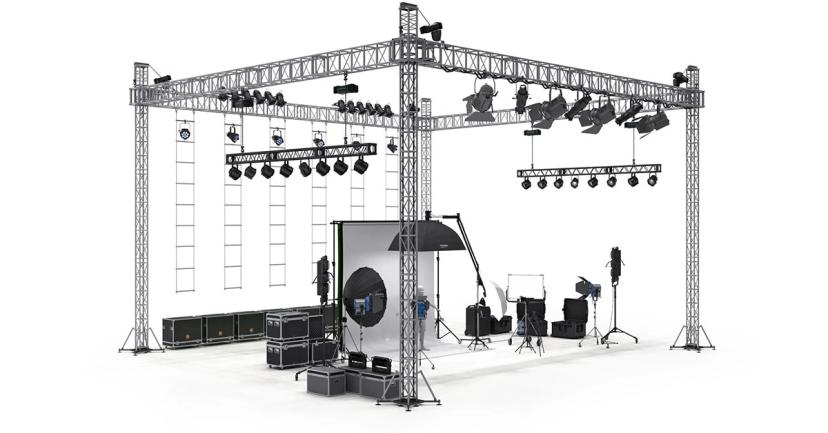Proper installation and maintenance are the foundation of every safe and successful stage setup. At Infinity Truss & Stage Co., Limited, we understand that even the most advanced truss system can only perform at its best when assembled and maintained correctly. With over a decade of experience serving global events, we provide professional insights and products designed to ensure structural stability, operational efficiency, and long-term reliability.
The Importance of Proper Truss Installation
Stage truss installation is not just a mechanical task — it’s a precise engineering process that directly affects event safety and performance quality. Whether setting up for a concert, exhibition, or corporate event, understanding load distribution, connection methods, and environmental factors is key.
At Infinity Truss, our TÜV-certified aluminum trusses are designed for both spigot and bolt connections, offering flexibility and secure assembly. Following proper installation procedures prevents truss distortion, loosening, and failure under load — issues that could jeopardize both equipment and personnel.
Key installation principles include:
-
Verify ground conditions: Ensure the surface is level and capable of supporting the total truss weight.
-
Check all connectors: Inspect spigot pins, bolts, and locking plates before assembly.
-
Balance weight distribution: Place heavy loads like lighting or speakers symmetrically across the truss.
-
Use certified rigging tools: Chains, motors, and clamps must meet load ratings equivalent to the truss’s specifications.
Our technical support team provides installation guides, CAD layouts, and consultation services to help clients achieve professional-grade setups safely and efficiently.
Step-by-Step Guide to Stage Truss Assembly
Every stage truss system, from roof truss setups to lighting truss grids, follows a consistent assembly logic. Infinity Truss products are engineered for fast, tool-compatible assembly, allowing event crews to save time while maintaining accuracy.
Step-by-step process:
-
Pre-inspection: Verify all components (truss segments, pins, clamps, bases) are in perfect condition.
-
Layout planning: Arrange trusses on the ground according to the design plan or CAD drawing.
-
Horizontal assembly: Connect truss pieces using spigot or bolt systems — tighten each point uniformly.
-
Vertical lifting: Use chain motors or manual hoists to raise the structure safely.
-
Load testing: Gradually apply load (lights, speakers, LED panels) while monitoring deflection and balance.
-
Final safety check: Ensure all locking pins are secured and cables properly managed.
By adhering to these steps, installers can build complex structures such as concert trusses, DJ stage setups, or outdoor roof systems quickly and confidently.
Routine Truss Maintenance and Inspection
Regular maintenance extends the life of your truss system and safeguards event reliability. Infinity Truss recommends a preventive maintenance schedule that includes cleaning, inspection, and proper storage after every use.
Maintenance checklist:
-
Visual inspection: Look for cracks, deformation, or corrosion, especially near welds.
-
Connection points: Check for worn pins, misaligned bolts, or loose fittings.
-
Surface care: Clean using mild detergent — avoid acids or abrasives that could damage aluminum.
-
Lubrication: Apply non-corrosive lubricants to moving joints or adjustable clamps.
-
Storage: Keep trusses in a dry, padded area to prevent scratches and oxidation.
Our load testing reports and quality control data ensure every truss maintains its original strength even after years of use.
Safety Standards and Professional Training
Installation and maintenance practices must align with international safety regulations such as TÜV, ISO 9001, and EN 1090. Infinity Truss emphasizes professional training for all operators and riggers. We provide:
-
Technical manuals and installation diagrams in multiple languages.
-
On-site supervision for large projects.
-
Training workshops on safety, load management, and equipment inspection.
Through continuous education, we help clients maintain compliance while improving installation speed and structural reliability.
Extending Lifespan Through Smart Maintenance Practices
Infinity Truss integrates durability into every stage of design — from CNC cutting and TIG welding to surface polishing. However, long-term performance also depends on how products are handled and maintained.
To extend lifespan:
-
Avoid overloading trusses beyond rated capacity.
-
Protect aluminum surfaces from moisture or salt exposure.
-
Rotate components periodically to balance wear.
-
Re-test trusses every 12–18 months for load capacity.
By following these simple yet effective steps, clients can maximize ROI and ensure their event structures remain both safe and visually appealing for years.
Infinity Truss: Partnering for Safety and Reliability
At Infinity Truss & Stage Co., Limited, installation and maintenance are not afterthoughts — they’re integral to our customer success philosophy. From supplying TÜV-certified components to providing continuous technical support, we stand behind every truss system we produce.
Whether you’re managing a large-scale concert, a corporate show, or a temporary exhibition, our expertise ensures seamless assembly, reduced downtime, and long-lasting safety assurance.
The content above is provided by Infitruss for informational purposes. Unauthorized reproduction is prohibited. See our full disclaimer here




